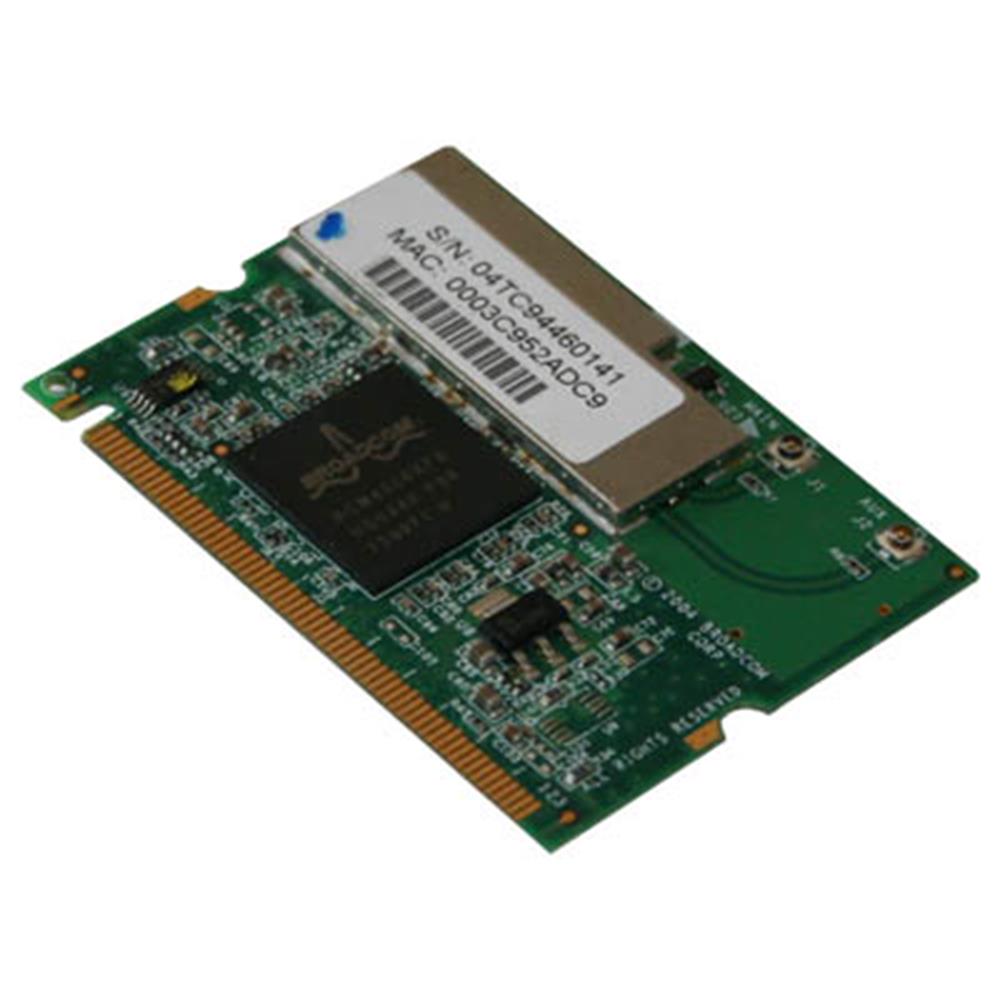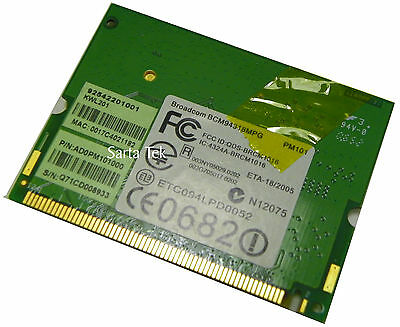
Broadcom Dw1395 Drivers For Mac
Dell Wireless 1395 (DW1395) For a product displaying a “View Offer” button clicking the sw1395 will direct you to the product on the associated shop’s online store where you may complete the purchase.
Latest Version:
Broadcom 802.11n Network Adapter Driver 7.35.340.0 LATEST
Requirements:
Windows 7 / Windows 8 / Windows 10 / Windows 7 64 / Windows 8 64 / Windows 10 64
Author / Product:
Broadcom / Broadcom 802.11n Network Adapter Driver
Old Versions:
Filename:
broadcom_bcm43xx_7.35.340.0.zip
MD5 Checksum:
49b6a15ceaacf426855b9a4813ecdea0
Details:
Timeline app. To change the color of the circles, click on a circle, hold down Shift and click the other circles. Select Shape Fill again to pick the color you’d like. Click on the timeline layout you’d like to use.Change the Timeline Color. Select the new background color you’d like. To change the background color of the timeline, click the image and in the Format tab, click Shape Fill.
Many cross platform applications also require Java to operate properly.Note: Requires 64-bit web browser. Administrator privileges for installation.Also Available. It's also integral to the intranet applications and other e-business solutions that are the foundation of corporate computing.The Java Runtime Environment for macOS (JRE) provides the libraries, the Java Virtual Machine, and other components to run applets and applications written in the Java programming language. In addition, two key deployment technologies are part of the JRE: Java Plug-in, which enables applets to run in; and Java Web Start, which deploys standalone applications over a network. Download java for mac. Java Runtime Environment for Mac (JRE for Mac) allows you to play online games, chat with people around the world, calculate your mortgage interest, and in 3D, just to name a few.
Broadcom 802.11n Network Adapter Driver 2020 full offline installer setup for PC 32bit/64bit
Drivers are software packages that tell your Windows operating system how they can create an active interface and data information exchange to the external hardware products that are produced by thousands of manufacturers of PC components. Windows operating system usually comes only with the most basic set of drivers, but to take advantage of full feature set provided by Broadcom network adapters, you will need to find a matching driver and install it on your PC.
Without the latest up-to-date drivers, you risk not only losing access to the advanced features of Broadcom network adapters but also completely losing access to the wireless connectivity and even introducing instability and software conflicts into your OS. In the most extreme circumstances, driver mismatch can even lead to OS crashes and data loss.
Broadcom is one of the largest manufacturers of SoC solutions of a wide array of networking applications, and as such its products can today be found either preinstalled into numerous home PC motherboards and laptops.
Installation and Use
Broadcom 802.11n Network Adapter Driver can be installed either automatically using an installer application, or manually by extracting the .CAB file in a folder of your choice and then loading it to the selected network adapter in your Device Manager configuration app. No matter which procedure you choose, the entire setup lasts for just a few seconds, enabling your Windows OS to correctly detect and activate Broadcom wireless connectivity hardware.
If you want, before installing this driver you can create a Restore Point to protect your OS from unexpected hardware behavior, and after installation of the driver, it is highly recommended to perform a clean restart of the OS.
Because Broadcom networking hardware does not require any configuration, it does not feature any type of user interface.
Features and Highlights
- All-in-one driver package for Broadcom 802.11n Network Adapters.
- Unlocks the full potential of wireless networking with Broadcom hardware.
- Stable and reliable drivers.
- Available on all modern versions of Windows OS.
- 100% FREE!
Translation(s): none
WiFi wireless networking on MacBooks generally works under Debian, sometimes out-of-the-box, but support and configuration depend on the specific hardware (and kernel support for it), and often requires some hacking.
If the network card is supported by the kernel then simply refer to the documented WiFi instructions in case of problems. However, if the network card is not supported by your running kernel, then some hacking may be required.
Contents
Initial setup and check
If you’ve installed Debian with the Laptop or Gnome-Desktop installation, you have the basic necessary tools; otherwise install wireless-tools for wireless, and optionally NetworkManager for a user interface (so you can select a network), or use an alternative, as discussed at WiFi.
To start, try running iwconfig.
If iwconfig doesn’t run, please install wireless-tools and then try again (or use the full path, /sbin/iwconfig).
If iwconfig runs and shows a WiFi card, your hardware configuration is probably ok, and you should try to connect to your desired network using NetworkManager, iwconfig, or other tools, as discussed in How to use WiFi.
- Return here if you have reason to believe that you do, in fact, have hardware problems.
If iwconfig runs and does not show a WiFi card, and you do have a WiFi card (as all Intel MacBooks do), then you have a hardware configuration problem, and this is the page for you!
After you’ve fixed your hardware configuration, you can setup your connection as in How to use WiFi.
Getting packages
It is significantly easier to setup wireless with a working (wired) network connection, for installing packages and finding documentation.
If you do not have access to a wired connection, you can boot into Mac OS X (if you are dual-booting) and download required packages, or else obtain them from a separate computer with working wireless connection, but this may require re-booting into another OS and then back into Debian as well as using dpkg manually to install packages instead of aptitude/apt-get.
Identify wireless card
The first step is to identify your network card; 'AirPort' and 'AirPort Extreme' are Apple product names for varying hardware, with 'AirPort Extreme' meaning 'IEEE 802.11g' (and for more recent cards, /n (802.11n)). Different cards require different configuration.

Under GNOME or KDE, one can use a graphical application, as described at How to Identify PCI. Alternatively, one can check manually via:
MacBooks before the late 2008 models use Atheros chipsets, while late 2008 are now using Broadcom 4322 chipset.
Most Atheros models work out-of-the-box; Broadcom chipsets all require non-free firmware, and thus require some user intervention.
Broadcom chipset
Reference: bcm43xx and wl
The b43 driver requires non-free firmware for device operation. The b43-fwcutter utility can be used to extract firmware from a Broadcom-provided driver.
Atheros chipset
Atheros chipsets will work automatically with either the ath5k (802.11a/b/g) or ath9k (802.11a/b/g/n) modules.
CategoryWireless